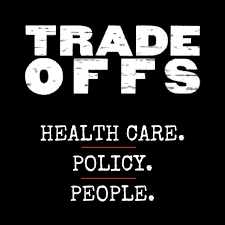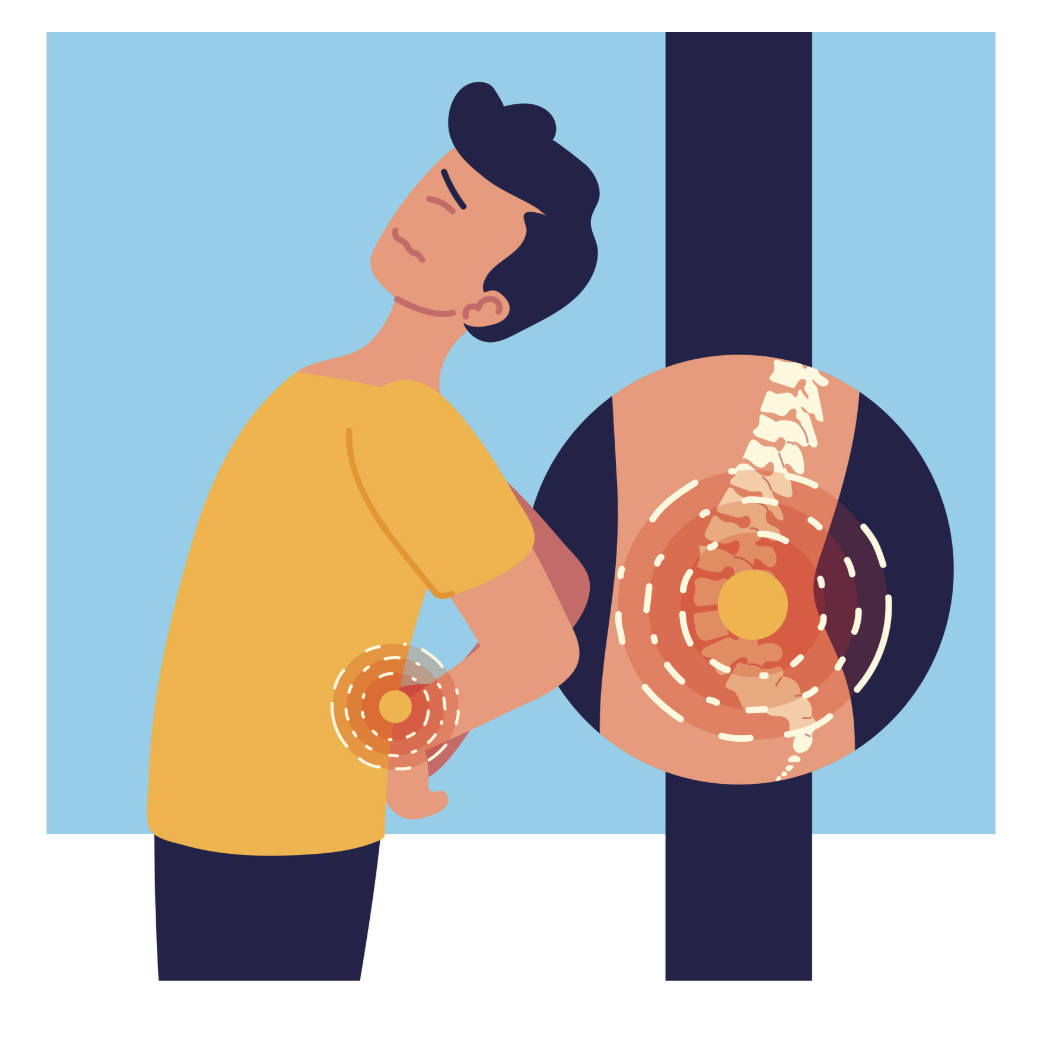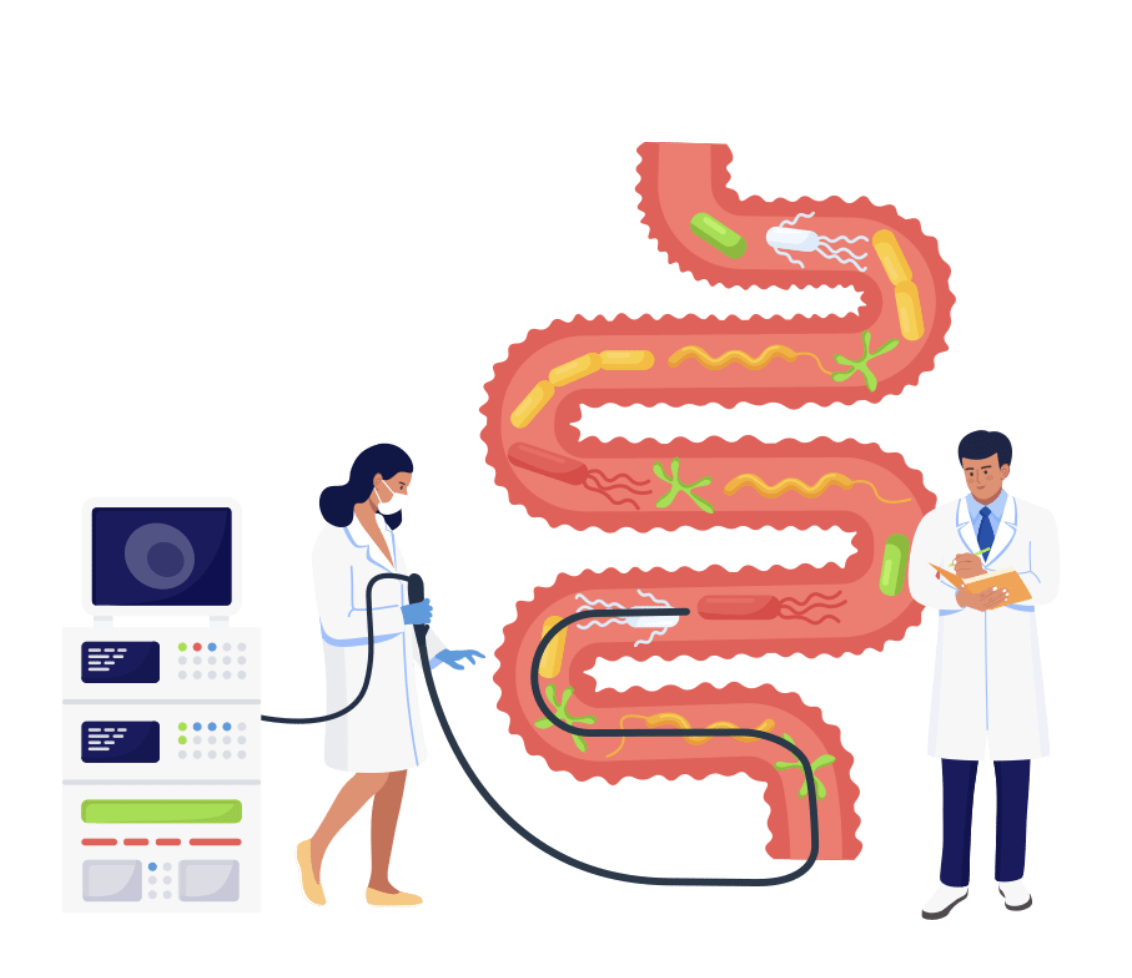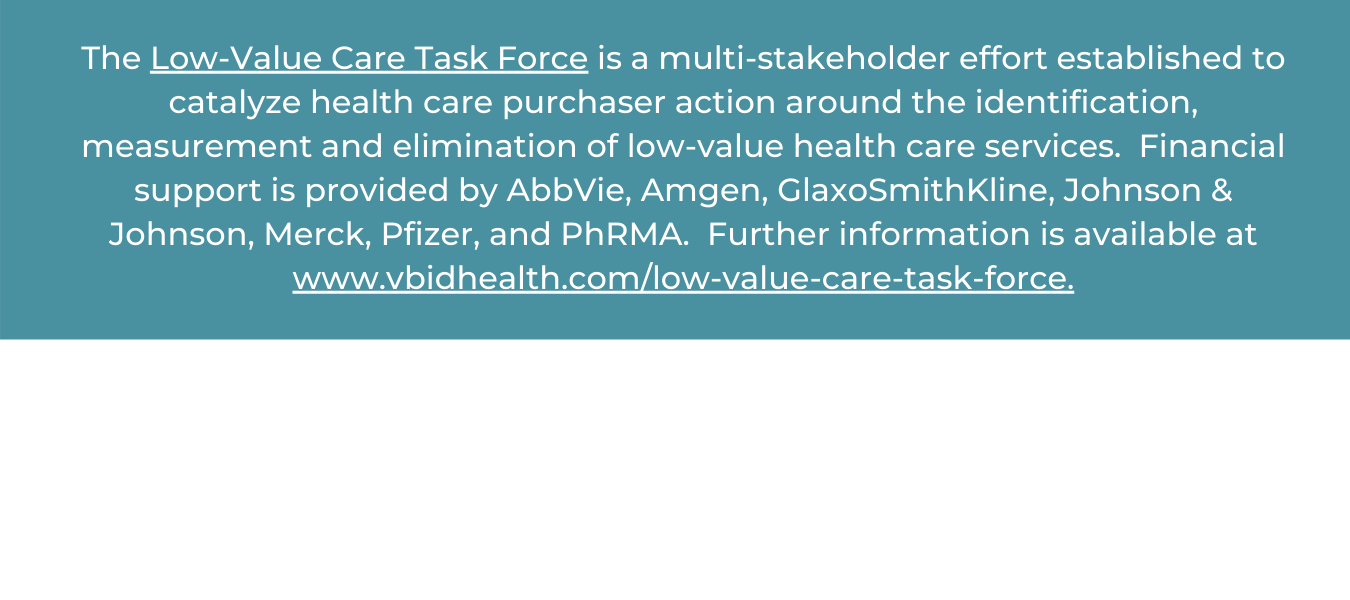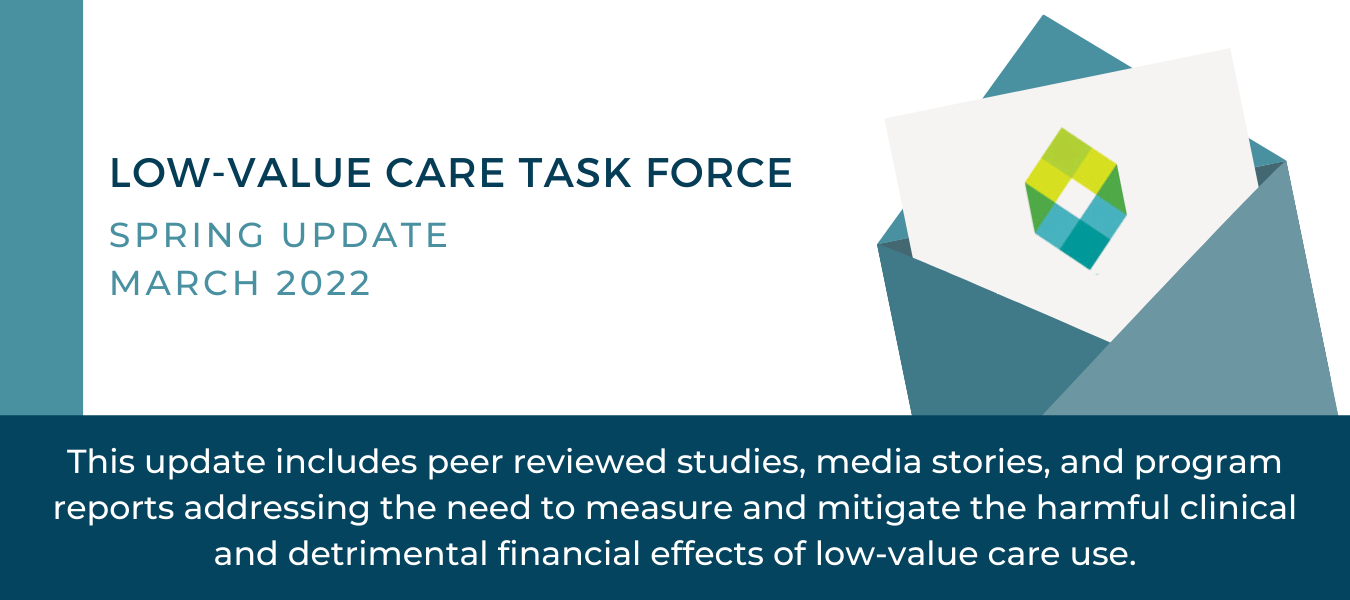
Tradeoffs Podcast - Pain, Fear and Waste: The Costs of Unnecessary Care
New Tradeoffs podcast explores the costly and potentially harmful effects of low-value services and the resulting care cascades. 99% of physicians reported experiencing a cascade, 87% reported cascades had harmed patients, and 41% reported continuing a cascade when they didn’t think it was clinically necessary.
Oronce Paper on Low-Value Care in Medicare Wins SGIM Best Published Paper Award
Carlos Oronce was awarded SGIM’s “Best Published Research Paper of the Year Award” for the JGIM article, “The Utilization and Costs of Grade D USPSTF Services in Medicare, 2007-2016“. This paper investigated the utilization and costs of seven USPSTF Grade D services among U.S. Medicare beneficiaries. Findings showed that beneficiaries frequently received low-value preventive services, costing over $477M in health care spending each year.
Investor-Owned Health Systems Linked to Most Low-Value Care
JAMA cross-sectional analysis examines which features of the U.S. health care system are associated with overuse of health care. Findings suggest that low-value services are most frequently provided in health systems with investor ownership and fewer primary care physicians. Read more about how health systems play an important role in the overuse of care here.
AHA Proposes Solution for Low-Value Cardiovascular Care
A recent AHA scientific statement emphasizes the importance of reducing low-value care in cardiovascular health given the high prevalence and costs of cardiovascular disease. Diagnostic and screening tests for CD are prone to overuse, imposing burdens on patients in the form of increased risk of physical harm or complications, as well as out-of-pocket costs. The report suggests patient- and clinician-level solutions to achieve meaningful and equitable reductions in low-value care. Read more here.
Overuse and Underuse of Health Care: New Insights From Economics and Machine Learning
Across vastly different health care settings and incentive schemes, there is both overuse and underuse of care. Researchers suggest that existing frameworks designed to address this issue tend to mitigate one problem while exacerbating another, and propose that new strategies that incorporate machine learning and behavioral economics could help physicians to do better – not more or less. Authors believe that this synergy could not only generate insights into patterns of care, but also inform redesign of payment and decision aids to better target care in real time. Read more here.
Understanding low-value care and associated de-implementation processes: a qualitative study of Choosing Wisely Interventions across Canadian hospitals
In a recent study, researchers aimed to learn more about the factors that impact the maintenance of low-value care, as well as the factors that impact the success of de-implementation interventions intended to reduce it. Interviews with 17 Choosing Wisely team members identified numerous provider factors in maintaining low-value care, such as habituation, training, years of practice, and belief that ‘more is better’. Interestingly, however, participants did not believe that patients were a significant driver for LVC, nor a barrier to reducing it.
Paying Patients to Use Lower-Priced Providers
A study performed by University of Southern California examined whether employer rewards programs – a new benefit design in which employees are paid $25-$500 if they receive care from lower-priced providers – impact procedure prices and choice of provider. Findings show that the program resulted in a 1.3% reduction in prices in the first year of access, and a 3.7% reduction in the second year, with savings concentrated among MRI services.
Low Value Care Spending on Low Back Pain Is Decreasing
Evidence from a JAMA research letter points to gradual progress in diminishing low-value care spending among commercially-insured patients with chronic low back pain. Decreases in utilization were observed over a 9-year period across four areas of low-value care: spinal injections, surgery, opioids, and diagnostic imaging.
Leveraging Electronic Health Records to Measure Low-Value Screening Colonoscopy
Up to a third of more than 6 million screening colonoscopies performed annually in the U.S. could be unnecessary. Findings from a recent study highlight important differences in overuse at the patient and clinic levels. Researchers believe that interventions to encourage appropriate screening ordering in high-utilization clinics may significantly reduce overuse, minimize complications, and promote health equity.
Podcast: Michael Chernew Makes the Case for Payment Reform
In a January episode of Health Affairs This Week, Michael Chernew joins Health Affairs Forefront Editor Chris Fleming to discuss the Forefront article, “The Case for ACOs: Why Payment Reform Remains Necessary”, as well as ACOs, direct contracting, and why health care payment reform remains necessary in 2022.

